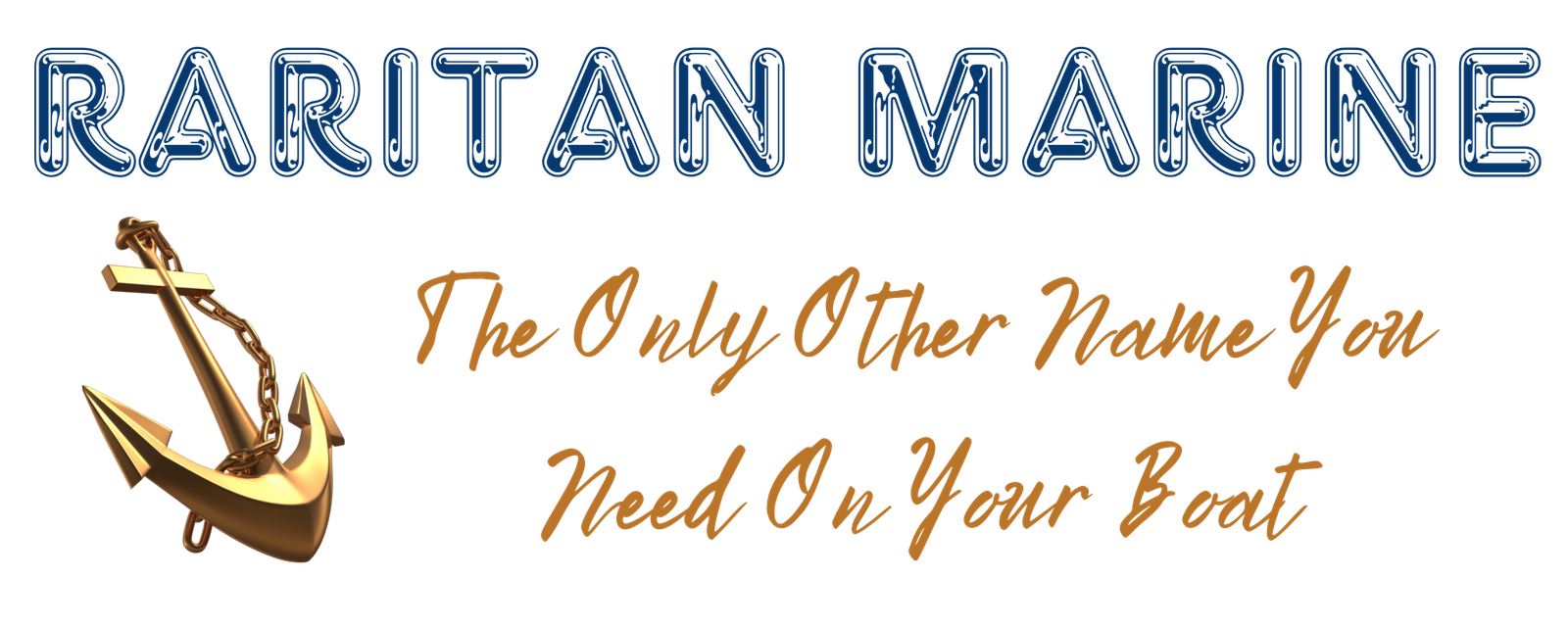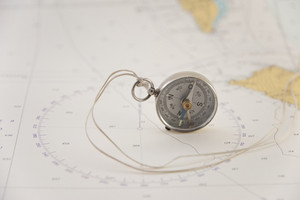Sailing is an adventure that can be both thrilling and intimidating. As a novice or experienced sailor alike mastery of the basics will help ensure success on your journey through the waterways ahead. These insider tips are designed to give you confidence in navigating any challenge with ease.

## Sailing Basics: Essential Terminology for Beginners
If you’re planning on spending time out at sea or navigating through bodies of water then its essential that you become acquainted with some key terminology beforehand. Knowing which side is starboard (right) and port (left) when facing forwardwards will help avoid confusion during conversations aboard ship while also ensuring safety measures are adhered to correctly. Additionally understanding where the bow(front end) and stern(back end)are located can be useful in maneuvering around vessels effectively without causing accidents or injuries. By familiarizing yourself with these basic terms prior to embarkation;you’ll have a smoother experience overall both socially and practically speaking!
Sailing requires a solid understanding of technical terms such as “tacking” and “jibing.” These refer to turning the bow or stern through wind direction respectively. Another important term is “beam reach,” which refers to sailing perpendicularly against prevailing winds. By mastering these basic concepts early on in your journey into advanced sailing techniques will be much easier!
Pre-Sailing Checklists for a Safe Journey
To ensure a safe and enjoyable sailing experience it is essential to conduct thorough pre sail checks. Begin by inspecting all safety equipment such as life jackets, flares or fire extinguishers making sure they are in good condition before leaving dock. Additionally assess your rigging for any signs of wear like frayed lines or worn hardware that could cause mishaps at sea later on during the journey. By taking these steps early on you can prevent potential hazards from arising while out on open waters giving yourself peace of mind throughout your entire trip!
When using an engine for transportation purposes it is essential not to neglect fuel levels. Ensure that you have enough gasoline or diesel on hand before embarking on your journey – including extra supplies in case of unexpected delays or detours along the way. Additionally, always check weather forecasts prior to leaving; being aware of what lies ahead helps prevent unpleasant surprises from occurring during travels.
Mastering the Winds: Tips for Optimal Sail Adjustment
The wind can be a fickle friend or foe when out on open water. To harness its power effectively adjust your sails based on current conditions. When sailing into lighter breezes maximize propulsion by keeping the sails fuller with slight easing of their position; this increases surface area and optimizes performance.
When sailing in stronger winds, tightening your sails can help reduce heeling and maintain balance control over your vessel. Adjusting sail trim requires quick thinking skills as well as practice – don’t hesitate to experiment until you find what works best for varying conditions! Remember that this is an ongoing process so keep trying new things out regularly.
## Understanding the Skies for a Successful Journey
A sailors success relies heavily on their ability to anticipate weather patterns accurately. Knowing how clouds behave can be a game changer in this regard – understanding cloud formations helps identify potential changes before they occur. Cumulus clouds indicate fair conditions but watch out for darkening skies that could signal an impending storm nearby!
When it comes to predicting weather patterns, pay close attention not only to temperature and humidity but also barometric pressure. A dropping barometer typically indicates stormy conditions ahead while rising pressure suggests clear skies are on the horizon. Keep these factors in mind when trying to forecast future weather events.
Docking Like a Pro: Tips for Smooth Arrivals and Departures
While setting sail may be exhilarating for experienced sailors returning home can cause anxiety. To approach docking with confidence assess wind direction and current flow around you first. This will help ensure a smooth landing on dry land.
When approaching harbor, its essential to slow down early on so you can accurately gauge available space at docks or slips. Don’t forget about fenders – they are crucial for protecting both your boat and neighboring vessels during close encounters!
Mastering docking maneuvers like parallel parking or pivot turns requires consistent practice. To achieve this aim, consider rehearsing these techniques without any time constraints until they become second nature. With diligent effort and dedication you’ll be able to execute these moves with ease in no time at all!
Mastering essential terminology and refining docking skills are crucial steps towards enjoying smooth sailing adventures. With these tips in mind you’ll be able to navigate any nautical journey with ease – each experience enriches your knowledge tremendously! Embrace the challenge ahead and enjoy every moment of it!





